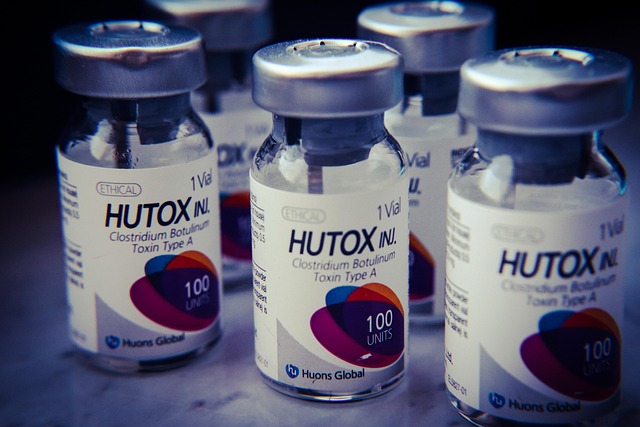Understanding the Potential of Stem Cell Therapy in Regenerative Medicine
As research into regenerative medicine continues to evolve, stem cell therapy stands out as a promising area of exploration. Scientists are examining different types of stem cells and their potential roles in managing conditions like joint degeneration, diabetes, and heart disease. While many approaches remain in clinical testing, developments in this field raise important questions about access, safety, and future innovations. Understanding how therapy options are structured and what experts are currently studying may offer helpful insights for those interested in emerging medical strategies.

What Are FDA Approved Stem Cell Therapies?
The Food and Drug Administration has established stringent guidelines for stem cell treatments to ensure patient safety and treatment efficacy. Currently, FDA approved stem cell therapies are limited to specific conditions and cell types. Hematopoietic stem cell transplantation for blood disorders like leukemia and lymphoma represents the most established approved treatment. These therapies undergo rigorous clinical trials to demonstrate safety and effectiveness before receiving regulatory approval.
The FDA continues to evaluate emerging stem cell treatments through clinical trial processes. Patients considering stem cell therapy should verify that their chosen treatment has proper regulatory approval, as unapproved therapies may pose significant health risks. The regulatory landscape continues evolving as research advances and new therapeutic applications demonstrate clinical benefit.
How Effective Is Stem Cell Treatment for Arthritis?
Arthritis affects millions of people worldwide, causing joint pain, inflammation, and reduced mobility. Stem cell treatment for arthritis has shown promising results in clinical studies, particularly for osteoarthritis patients. Mesenchymal stem cells, typically derived from bone marrow or adipose tissue, can differentiate into cartilage cells and potentially reduce inflammation within affected joints.
Research indicates that stem cell therapy may help regenerate damaged cartilage, reduce pain, and improve joint function in arthritis patients. However, treatment effectiveness varies depending on factors such as arthritis severity, patient age, and specific treatment protocols. While results are encouraging, patients should understand that stem cell therapy for arthritis is still considered experimental in many cases and may not be covered by insurance.
What Factors Influence Stem Cell Therapy Cost?
Several factors significantly impact stem cell therapy cost, making it essential for patients to understand pricing variables before pursuing treatment. Treatment complexity, cell source, processing methods, and clinic location all contribute to overall expenses. Autologous treatments using a patient’s own cells typically cost less than allogeneic treatments using donor cells due to reduced processing requirements.
The number of treatment sessions required affects total costs, as some conditions may need multiple injections or procedures over several months. Geographic location plays a crucial role, with urban medical centers often charging higher fees than rural facilities. Additionally, supplementary services such as imaging, consultations, and follow-up care add to the overall investment patients must consider.
| Treatment Type | Provider | Cost Estimation |
|---|---|---|
| Bone Marrow Stem Cell Injection | Mayo Clinic | $5,000 - $15,000 |
| Adipose-Derived Stem Cell Therapy | Regenerative Medicine Institute | $3,000 - $8,000 |
| Platelet-Rich Plasma with Stem Cells | Cleveland Clinic | $2,500 - $7,500 |
| Comprehensive Arthritis Treatment | Stem Cell Institute | $8,000 - $25,000 |
Prices, rates, or cost estimates mentioned in this article are based on the latest available information but may change over time. Independent research is advised before making financial decisions.
Where Are the Best Stem Cell Clinics in US Located?
Identifying the best stem cell clinics in US requires careful evaluation of credentials, success rates, and treatment protocols. Leading medical institutions like Mayo Clinic, Cleveland Clinic, and Stanford Medicine have established comprehensive regenerative medicine programs with experienced research teams and state-of-the-art facilities. These institutions typically offer both experimental and approved treatments under strict medical supervision.
Regional centers of excellence have emerged across the country, specializing in specific conditions or treatment approaches. When selecting a clinic, patients should verify physician credentials, review published research, and confirm regulatory compliance. The best facilities maintain transparent communication about treatment expectations, potential risks, and realistic outcomes while following established safety protocols.
Stem cell therapy continues advancing rapidly, with new applications and improved techniques emerging regularly. While current treatments show remarkable promise for various conditions, patients must approach these therapies with realistic expectations and thorough medical consultation. The field’s future holds tremendous potential for addressing previously incurable diseases and improving quality of life for countless patients worldwide.
This article is for informational purposes only and should not be considered medical advice. Please consult a qualified healthcare professional for personalized guidance and treatment.




